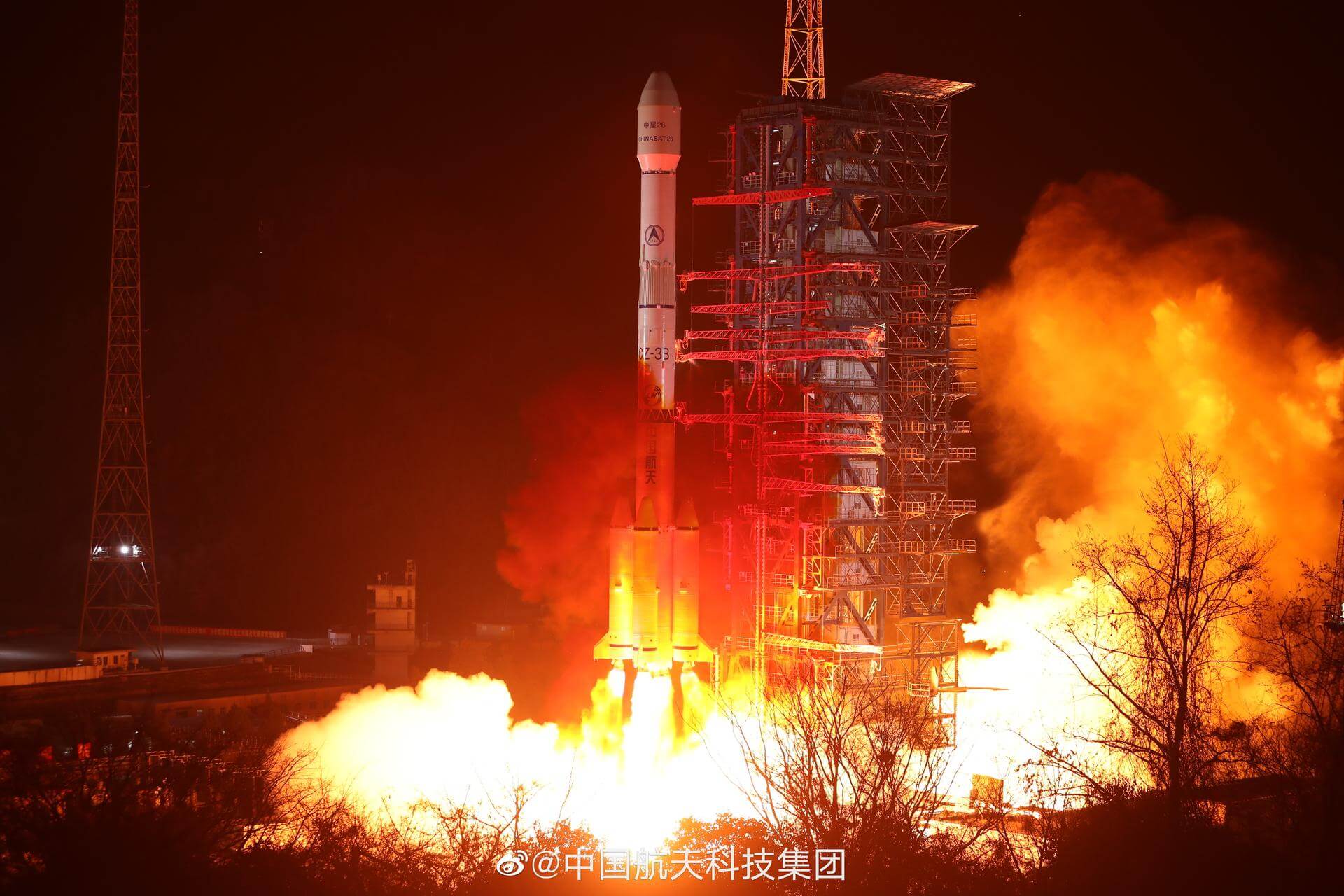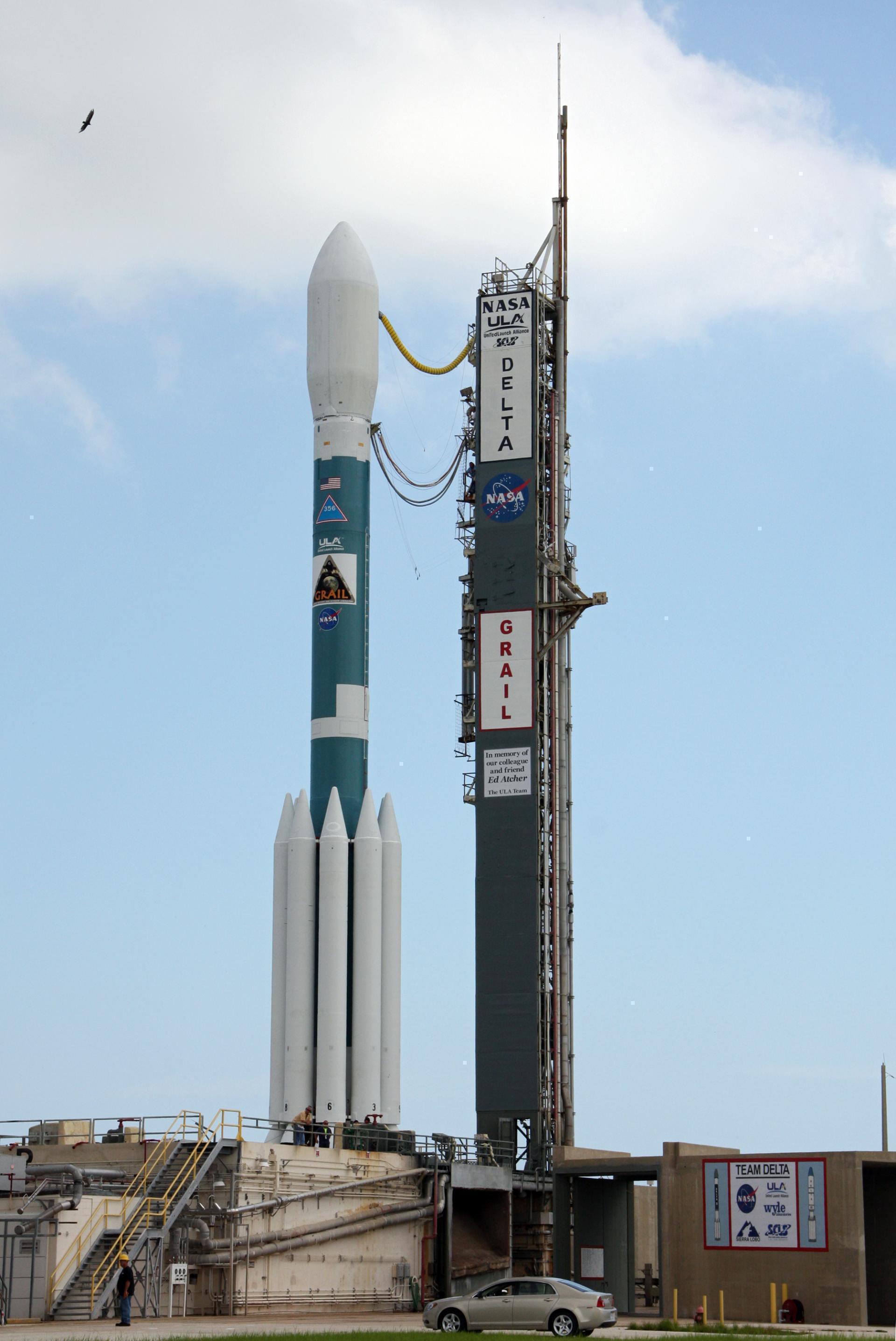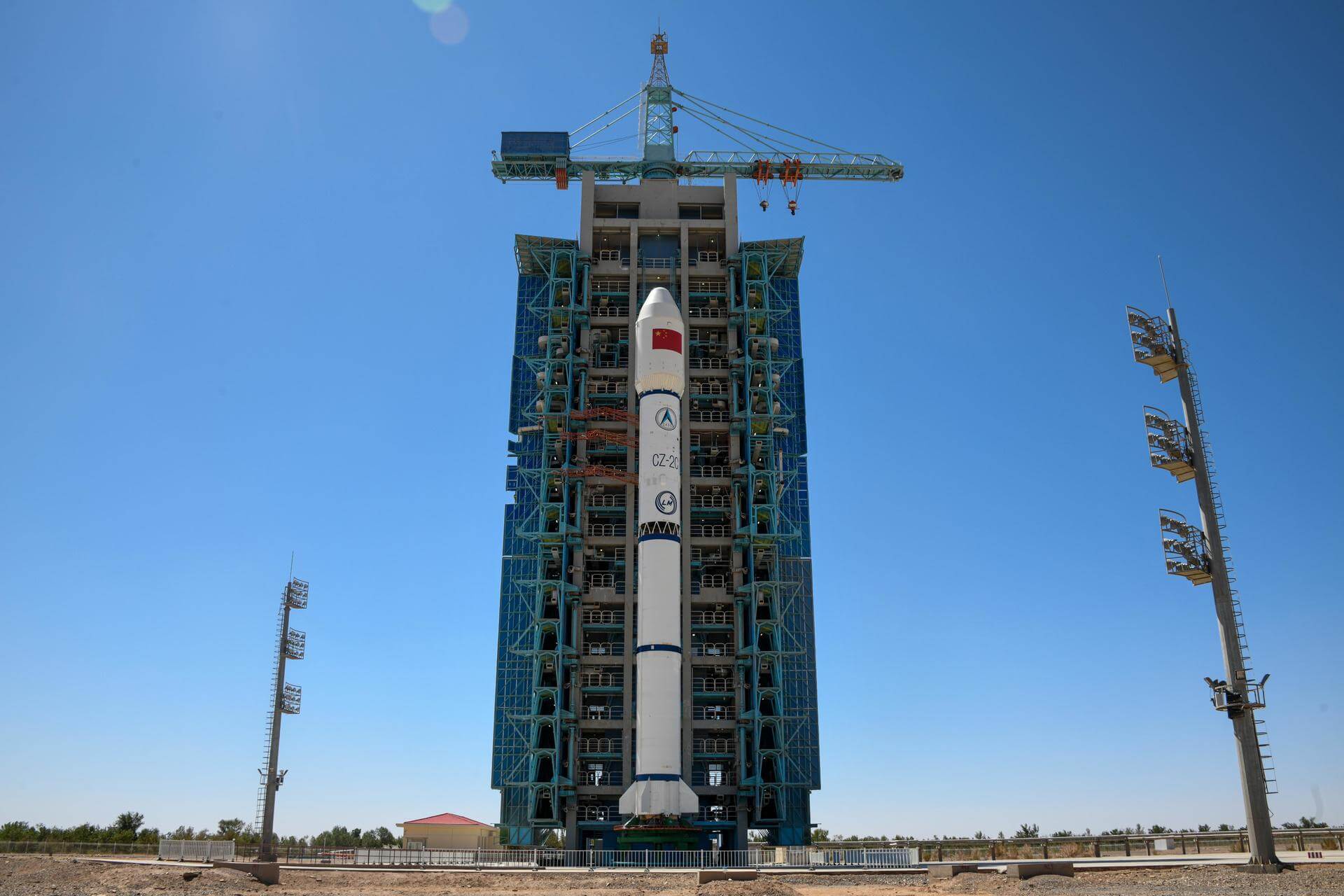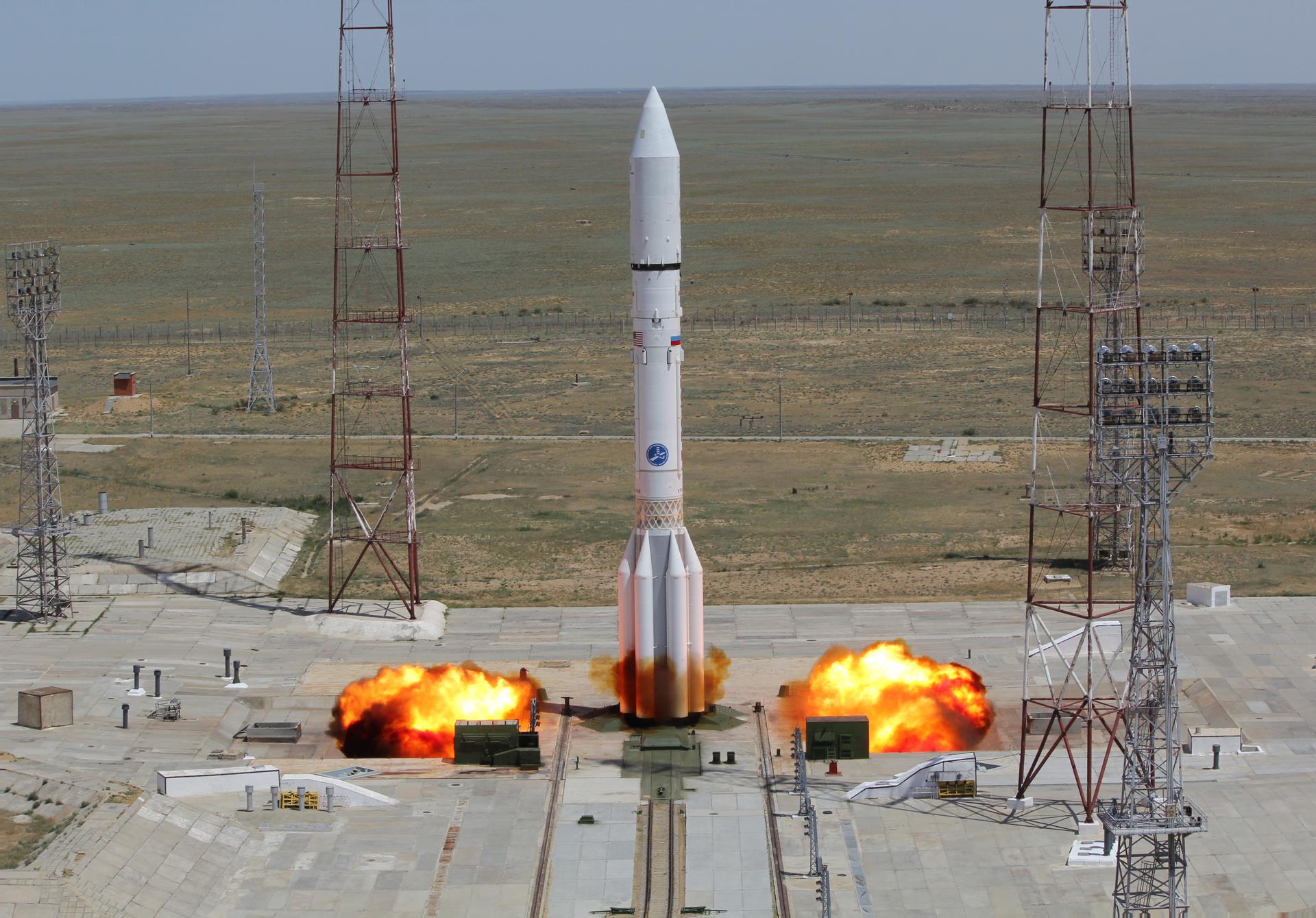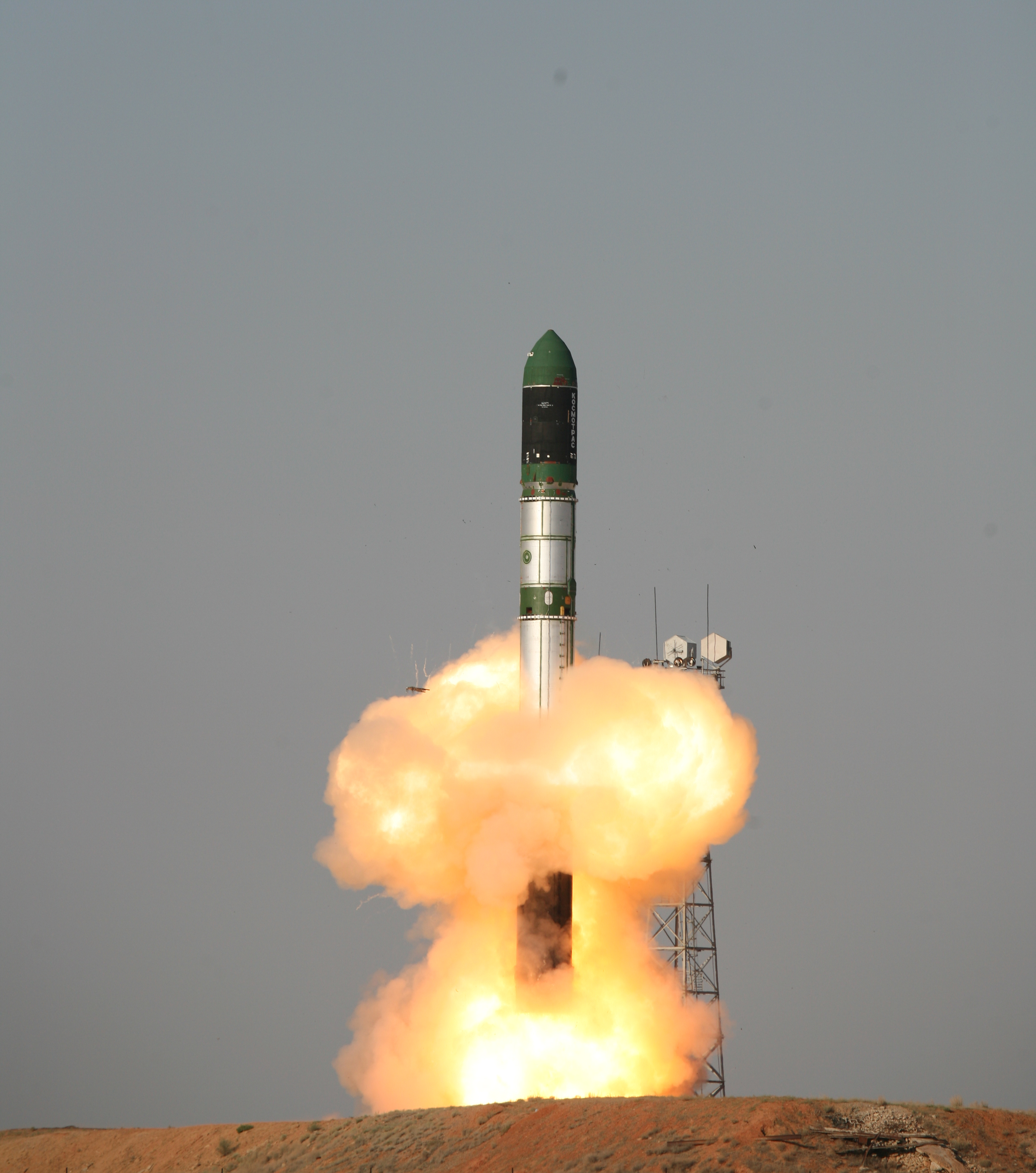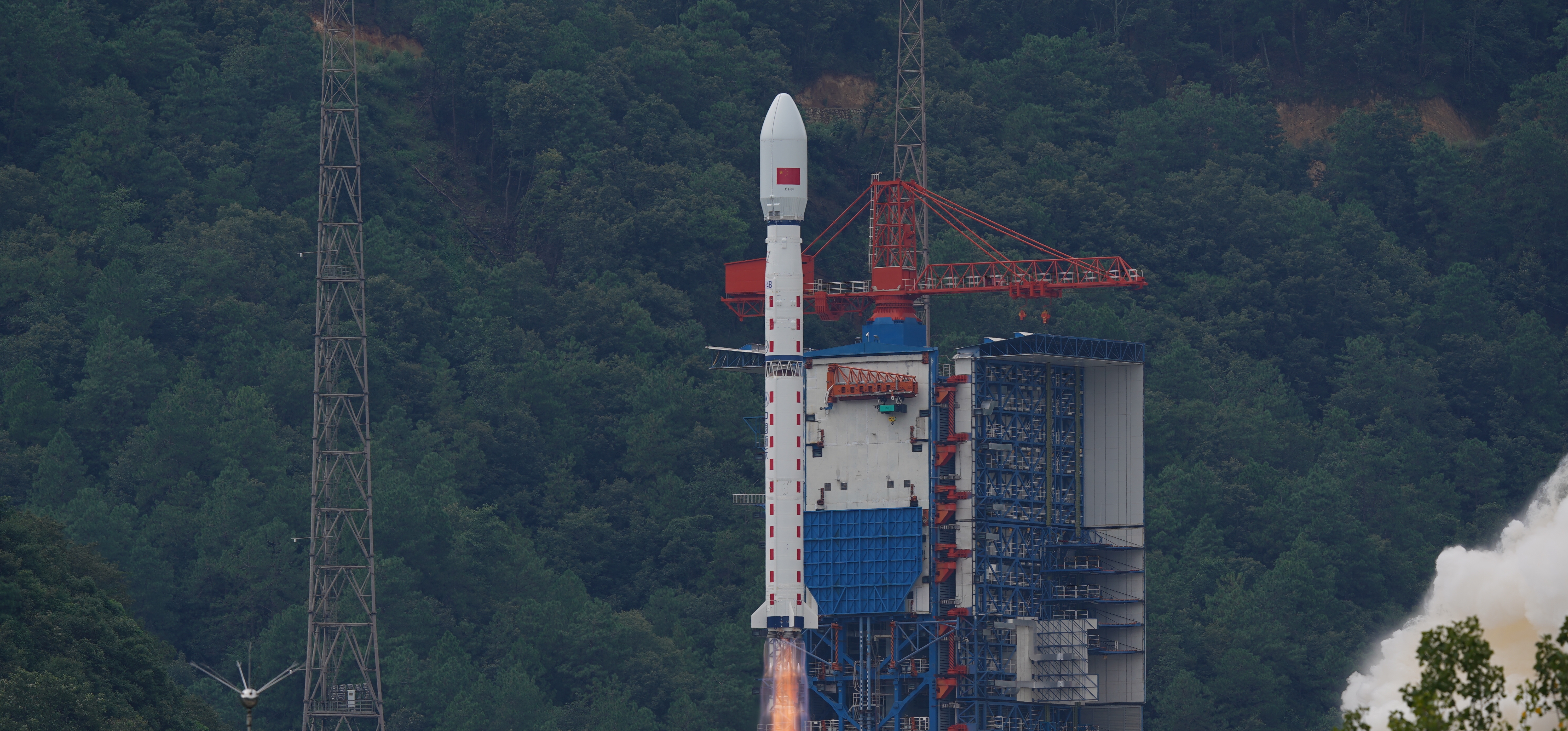Previous Spaceflight Launches
Filter by Agency, Locations or Vehicles
Show All LaunchesProton-M Briz-M | Garpun #1 (Kosmos 2473)
Khrunichev State Research and Production Space Center | RussiaBaikonur Cosmodrome, Republic of Kazakhstan
Sept. 20, 2011, 10:47 p.m.
Long March 3B/E | Chinasat-1A
China Aerospace Science and Technology Corporation | ChinaXichang Satellite Launch Center, People's Republic of China
Sept. 18, 2011, 4:33 p.m.
Delta II 7920H-10C | GRAIL-A (Ebb) & GRAIL-B (Flow)
United Launch Alliance | United States of AmericaCape Canaveral SFS, FL, USA
Sept. 10, 2011, 1:08 p.m.
Soyuz-U | Progress M-12M (44P)
Russian Federal Space Agency (ROSCOSMOS) | RussiaBaikonur Cosmodrome, Republic of Kazakhstan
Aug. 24, 2011, midnight
Long March 2C | Shijian 10-04
China Aerospace Science and Technology Corporation | ChinaJiuquan Satellite Launch Center, People's Republic of China
Aug. 18, 2011, 9:28 a.m.
Proton-M / Briz-M Enhanced | Ekspress AM-4
Khrunichev State Research and Production Space Center | RussiaBaikonur Cosmodrome, Republic of Kazakhstan
Aug. 17, 2011, 9:25 p.m.
Dnepr 1 | Sich-2
ISC Kosmotras | RussiaDombarovskiy, Russian Federation
Aug. 17, 2011, 7:12 a.m.
Long March 4B | Hai Yang 2A
China Aerospace Science and Technology Corporation | ChinaTaiyuan Satellite Launch Center, People's Republic of China
Aug. 15, 2011, 10:57 p.m.
Long March 3B/E | Paksat-1R
China Aerospace Science and Technology Corporation | ChinaXichang Satellite Launch Center, People's Republic of China
Aug. 11, 2011, 4:15 p.m.
Ariane 5 ECA | Astra 1N & BSAT-3c/JCSAT-110R
ArianeGroup | FranceGuiana Space Centre, French Guiana
Aug. 6, 2011, 10:52 p.m.
Status: Launch Successful
Mission:
Astra 1N is one of the Astra communications satellites owned and operated by SES, positioned at 19.2 degrees East. It is designed to provide digital television and radio broadcasting services across Germany, France and Spain. B-SAT 3c is a geostationary communications satellite operated by B-SAT stationed at 110 degrees East, providing high definition direct television services across Japan.
Geostationary Transfer Orbit
